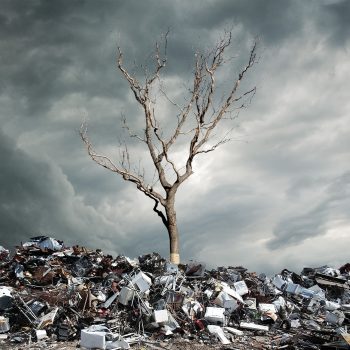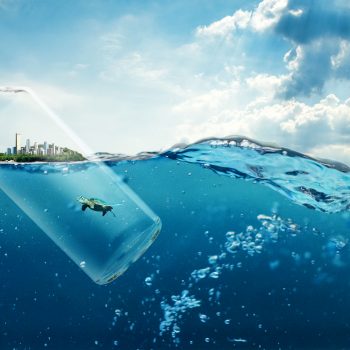The article stated that there are many reasons why eco/green products might cost more. For instance, there is a lack off demand for green items. Another reason is that manufacturers are often forced to make their products more environmentally friendly since they cannot sell them without this feature. Finally, consumers are willing to pay more for eco systems when they know that they are contributing to better environmental conditions. This is because consumers do not want to spend money on products that are not environmentally sound. So, even though eco products may cost less, we all know what we are getting.
Other questions related to Eco-friendly products
Is being environmentally friendly more expensive?
There are many reasons behind this, such as demand for green products being lower than traditional ones, which means that consumers are willing to pay more for non-green products. However, there are two primary reasons that make eco/plastic- free products cheaper: 1. Demand is lower for both eco and plastic free goods. This is because people are more willing (and able) to spend money on eco & plastic frees. For example, a person who wants to buy a new car will not want to purchase a hybrid car, even though they might save money by doing so.
Would you pay more for eco-friendly products?
According to Velsux windows & roofers, 61 % of customers would pay up $1 more per square foot for sustainable products than for non-sustainable ones. 64% said they would spend 20 % more money on sustainable items. 60% are willing spending up 10% extra on sustainability. 62% say they will spend less than 5% less on green products (or even none). The study also found out that the majority of people who purchase sustainable goods are not aware of their impact on nature. Only about half of them know that their purchases contribute to reducing greenhouse gas emissions. And only 8% think that buying green materials helps to save the planet.
Is it really costly to protect the environment with buying only green products?
Green products usually cost more than non-green ones, because there are less resources used to make them. For example, if we look at a green product, we don‘t need to use any chemicals to produce it. But if someone wants to buy a non–green product without any environmental impact, he will have no choice but to pay more. This is true for all types of products. We should always think about the impact of our purchases before we make a decision. If we want to minimize the environmental footprint, purchasing green items is definitely a smart move. However, this is something that we should consider carefully before making a purchase. So, what are the green options? There are many companies that offer eco friendly products which are relatively cheap. You can check out the following links for some of these products: Green products typically cost less than conventional ones. They do not require any chemical inputs to create.
Who is more likely to buy eco-friendly products?
Two in three Australians would pay extra for eco friendly and responsible products. Younger consumers are more sustainable- minded, with 44 percents of under 30s surveyed, versus 34 percent of older shoppers. This is important to note, because sustainability is becoming increasingly important for companies who are looking to expand their customer base. For example, a company might want to target a younger demographic, such as millennials, who tend to value environmental issues more than older generations. Another reason for this shift is that the younger generation is also more environmentally conscious, which is a huge benefit for businesses who want customers who care about the environment. Overall, there is no doubt that buying eco smart products will become more important as the world becomes more aware of how we are all connected.
Is 100 cotton eco-friendly?
Cotton isn’t the only fiber that’s eco friendly, though. There are other types of cotton that are also eco sensitive, such as organic cotton. Organic cotton is grown without the aid of pesticides, herbicides, or fertilizers. This makes it much more sustainable than conventional cotton, since it doesn’t rely on any synthetic chemicals. Additionally, organic farmers are required to grow their crops without using pesticides or other harmful chemicals, including fertilisers. When it comes to cotton farming, there are many different varieties of this fiber, ranging from the best-known and most expensive “super-cotton” to lesser-quality “basal cotton”.
Is bamboo eco-friendly?
Bamboo is a great alternative to traditional cotton production, especially when considering the fact that it can grow faster and require less water than cotton. Bambi is an excellent example of bamboo farming, where bamboo is grown in small areas and harvested after harvesting. This allows for smaller amounts per hectare, resulting in lower costs. Additionally, bamboo can easily be harvested in large quantities, making it a much better alternative for farmers who don’t have the space to grow cotton plants.
What is the most eco friendly plastic?
Polylactic Acid is an eco-friendly polymer that can save you money and reduce the amount of greenhouse gas emissions. This is because it makes up about 70% of all plastic waste. You can use it to wrap food, produce packaging, or even create a new material altogether. But it would be best to avoid it if possible. If you do want to use this product, please read the following information carefully before you start using it. Read more » The most common plastic used in food packaging is polystyrene. Polystyrenes are usually made out of petroleum-based polymers. They are often used to package food and beverages.












